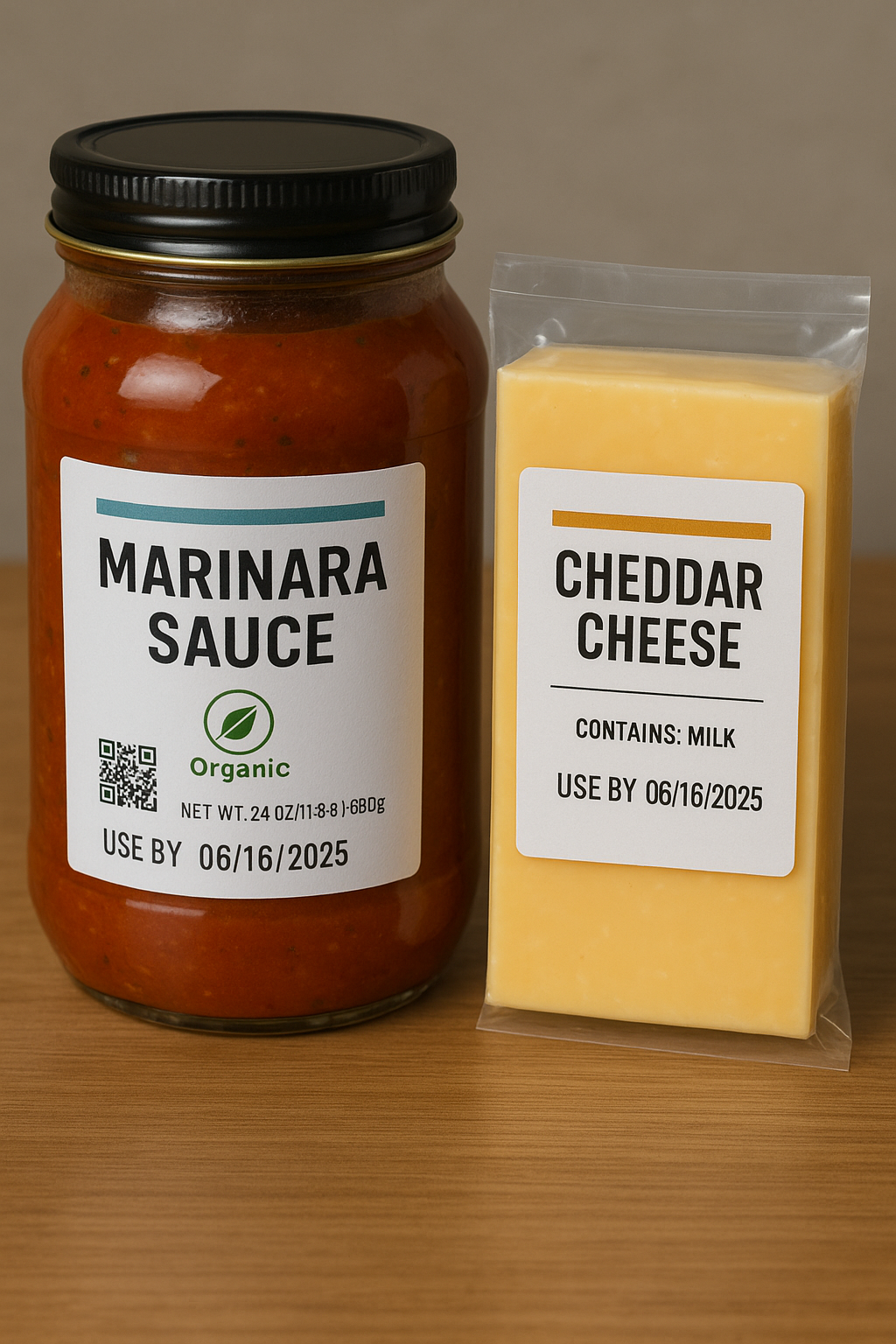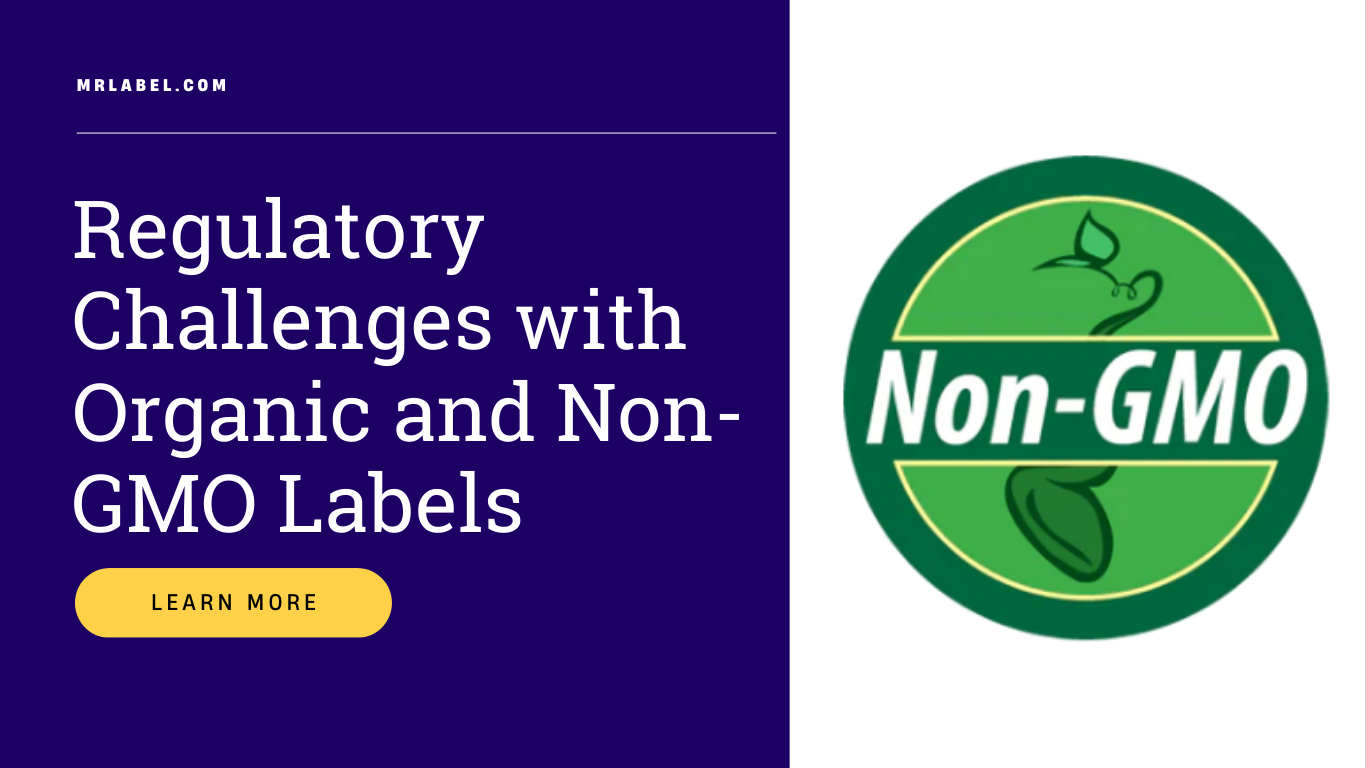Labels serve as silent messengers, telling consumers what a product is, how to use it, when it expires, and sometimes even what it stands for.
But not all labels are created equal. Different types serve different purposes, and understanding these categories can help businesses make smarter choices when it comes to compliance, branding, and logistics.
Here’s a breakdown of the major label categories driving the packaging industry today:
Primary Labels
This is the “face” of your product—the first thing customers see.
Primary labels typically appear on the front of retail packaging and include key branding elements such as logos, product names, slogans, and visual design.
They play a huge role in grabbing attention on the shelf and influencing purchasing decisions. In competitive markets, a well-designed primary label can be the difference between getting noticed or being overlooked.
Secondary Labels
These labels often appear on the back or side of packaging and include additional information that supports the primary label.
You’ll find details like ingredients, nutritional facts, usage instructions, warnings, and company contact information here.
While secondary labels aren’t always flashy, they’re essential for meeting regulatory standards and helping consumers make informed decisions. They also help businesses build trust by offering transparency.
Barcode and Tracking Labels
Essential for inventory management, shipping, and retail sales, these labels contain machine-readable information like barcodes, QR codes, or RFID tags. They’re often used by distributors, warehouse teams, and retailers to scan and track products through various stages of the supply chain.
Barcode labels streamline logistics, reduce human error, and are vital for industries with high-volume product turnover or strict traceability requirements, like food, beverage, and pharmaceuticals.
Warning and Instructional Labels
Safety matters, especially in industries like chemical manufacturing, electronics, and food service. These labels alert users to hazards, provide safety instructions, or guide proper use of the product.
Common examples include “flammable,” “keep refrigerated,” or “do not ingest” warnings. Clear, visible labels like these not only protect consumers but also shield companies from liability.
Tamper-Evident and Security Labels
These labels are designed to show when a product has been opened or altered.
Used heavily in the food, healthcare, and beauty industries, tamper-evident labels protect product integrity and consumer trust.
They often feature seals, perforations, or specialty adhesives that leave behind residue or break apart when removed.
Eco-Friendly Labels
As sustainability becomes a driving force in packaging, more companies are opting for biodegradable, recyclable, or compostable label materials.
Some also include certification marks (like FSC or USDA Organic) to communicate eco-conscious values to consumers.
Whether you’re focused on branding, compliance, or logistics, understanding the different label categories is crucial to selecting the right solution for your packaging. Each type of label plays a specific role in how products are perceived, handled, and delivered, making them an integral part of a successful packaging strategy.
About M&R Label
Since 1989, M&R Label has specialized in high-quality, custom label printing across diverse industries. With a customer-first philosophy and a commitment to fast turnaround, we combine advanced technology, skilled experts, and a dedication to service. Located in University Park, Illinois, our state-of-the-art facility enables efficient, reliable label production, treating each client as a valued partner. From short-run projects to large orders, M&R Label strives to deliver excellence with every order.
If you’re interested in learning more about our label services and would like us to provide you with a FREE quote, trust the experts at M&R Label to help you!
Call Us at (708) 534-6621 or Request a Quote!



